AND YES YOU CAN FINALLY RECREATE ALITALIA 404 PERFECTLY
About the DC-9
The McDonnell Douglas DC-9 is an American five-abreast, single-aisle aircraft designed by the Douglas Aircraft Company. It was initially produced as the Douglas DC-9 prior to August 1967, after which point the company had merged with McDonnell Aircraft to become McDonnell Douglas. Following the introduction of its first jetliner, the high capacity DC-8, in 1959, Douglas was interested in producing an aircraft suited to smaller routes. As early as 1958, design studies were conducted; approval for the DC-9, a smaller all-new jetliner, came on April 8, 1963. The DC-9-10 first flew on February 25, 1965, and gained its type certificate on November 23, to enter service with Delta Air Lines on December 8.
The DC-9 is powered by two rear-mounted Pratt & Whitney JT8D low-bypass turbofan engines under a T-tail for a cleaner wing aerodynamic. It has a two-person flight deck and built-in airstairs to better suit smaller airports. The Series 10 aircraft are 104 ft (32 m) long for typically 90 coach seats. The Series 30, stretched by 15 ft (4.5 m) to seat 115 in economy, has a larger wing and more powerful engines for a higher maximum takeoff weight (MTOW); it first flew in August 1966 and entered service in February 1967. The Series 20 has the Series 10 fuselage, more powerful engines, and the Series 30's improved wings; it first flew in September 1968 and entered service in January 1969. The Series 40 was further lengthened by 6 ft (2 m) for 125 passengers, and the final DC-9-50 series first flew in 1974, stretched again by 8 ft (2.5 m) for 135 passengers. When deliveries ended in October 1982, 976 had been built. Smaller variants competed with the BAC One-Eleven, Fokker F28, and Sud Aviation Caravelle, and larger ones with the original Boeing 737.
The original DC-9 was followed by the second generation in 1980, the MD-80 series, a lengthened DC-9-50 with a larger wing and a higher MTOW. This was further developed into the third generation, the MD-90, in the early 1990s, as the body was stretched again, fitted with V2500 high-bypass turbofans, and an updated flight deck. The shorter and final version, the MD-95, was renamed the Boeing 717 after McDonnell Douglas's merger with Boeing in 1997; it is powered by Rolls-Royce BR715 engines. The DC-9 family was produced between 1965 and 2006 with a total delivery of 2441 units: 976 DC-9s, 1191 MD-80s, 116 MD-90s, and 155 Boeing 717s. As of August 2022, 250 aircraft remain in service: 31 DC-9s (freighter), 116 MD-80s (mainly freighter), and 103 Boeing 717s (passenger), while the MD-90 was retired without freighter conversion.
About Alitalia Airlines
Alitalia - Società Aerea
Parent company Government of Italy
(via Ministry of Economy and Finance)
Headquarters Fiumicino, Rome, Italy
Alitalia - Società Aerea Italiana S.p.A.,[3][4] operating as Alitalia (Italian pronunciation: [ali'ta?lja]), was an Italian airline which was once the flag carrier and largest airline of Italy.[5] The company had its head office in Fiumicino, Metropolitan City of Rome Capital.[6] The airline was owned by the Government of Italy from its founding in 1946 until it was privatized in 2009; after struggling with profitability while a private company, including failed negotiations to sell to other private parties, the Italian government took ownership of the airline in March 2020. The airline operated a fleet of Airbus A319-100, Airbus A320-200, Airbus A321-100, Airbus A330-200, and Boeing 777-200ER aircraft to over 34 scheduled domestic, European and intercontinental destinations. The airline operated from its main hub at Leonardo da Vinci–Fiumicino Airport. The airline was a full member of SkyTeam alliance, and it had codeshare agreements with 42 airlines. In 2018, the airline was the twelfth-largest airline in Europe.
The airline entered extraordinary administration in 2017 following years of unprofitability.[7] On 24 August 2021, Alitalia announced that it would cease operations on 15 October 2021,[8] and that passengers with tickets for later flights could reschedule on an earlier flight or request a refund.[9][10] On 15 October 2021, in a hybrid reorganization, Alitalia sold its entire operation to ITA Airways, a newly formed state-owned flag carrier.[11]
Alitalia Flight 404 Deadly Inclination
Alitalia Flight 404 (AZ404/AZA404) was an international passenger flight scheduled to fly from Linate Airport in Milan, Italy, to Zürich Airport in Zürich, Switzerland, which crashed on 14 November 1990. The Douglas DC-9-32, operated by Alitalia, crashed into the woodlands of Weiach as it approached Zurich Airport, killing all 46 people on board.[1]
A Swiss investigation concluded that the crash was caused by a short circuit, which led to the failure of the aircraft's NAV receiver. The malfunction went unnoticed by the crew, who likely believed they were on the correct flight path until the crash. Swiss authorities also blamed inadequate crew resource management, exemplified when the captain vetoed the first officer's attempted go-around, along with the absence of lighting on Stadlerberg Mountain and a known problem with errors in reading the drum pointer altimeter of the aircraft.
The final report by the Federal Aircraft Accidents Inquiry Board requested several major changes and made further recommendations.[2][3]
Accident[edit]
During the approach to runway 14 of Zürich International Airport, the captain's instrument landing system (ILS) display gave incorrect values due to a faulty receiver. It falsely indicated that the aircraft was about 1,000 feet higher than it actually was, which also prevented the Ground proximity warning system (GPWS) from reading the situation and sounding a warning. The ILS receiver of the first officer was working correctly and displayed the dangerously low approach. Without thoroughly examining which value was correct, the pilot decided to ignore the second device, aborting a go-around maneuver initiated by the first officer. Shortly afterward, at 20:11 CET, the plane struck Stadlerberg Mountain at 1,660 feet (510 m), killing all 40 passengers and six crew.
The aircraft's first impact was with trees on the right side of the aircraft, causing several essential parts on the right side of the aircraft, such as the right-wing flaps and the outer right wing, to detach. As a result, the aircraft produced an asymmetric lift force and began to roll to the right, finally slamming into the mountain in a nearly inverted position.[4][5]
Firefighters and police were immediately dispatched to the crash site but the fire was so intense that it took an entire day to put out. Eyewitnesses stated that "the plane was burning like a volcano." Linate Airport immediately set up a crisis center to handle the relatives of the victims aboard the flight.[1]
The aircraft involved in the crash was a Douglas DC-9-32, built-in 1974 with serial number 47641 and the registration number I-ATJA. The aircraft was first delivered to Aero Trasporti Italiani,[6] a subsidiary of Alitalia and was transferred to Alitalia in October 1988. According to investigators, the aircraft had accumulated more than 43,400 cycles and also stated that the aircraft had been inspected 10 days prior to the accident.[2]
Passengers and crew[edit]
The aircraft was carrying 40 passengers and 6 crew members. The crew members consisted of two pilots and four flight attendants, all of whom were Italian citizens.
Gallery
Specifications
Spotlights
- XProAerospaceAircrafts 1.6 years ago
General Characteristics
- Predecessor 'Mad Dog' MD-80
- Created On iOS
- Wingspan 107.7ft (32.8m)
- Length 147.7ft (45.0m)
- Height 29.9ft (9.1m)
- Empty Weight N/A
- Loaded Weight 46,205lbs (20,958kg)
Performance
- Power/Weight Ratio 0.482
- Horse Power/Weight Ratio 0.064
- Wing Loading 28.2lbs/ft2 (137.8kg/m2)
- Wing Area 1,636.8ft2 (152.1m2)
- Drag Points 8050
Parts
- Number of Parts 608
- Control Surfaces 9
- Performance Cost 3,367

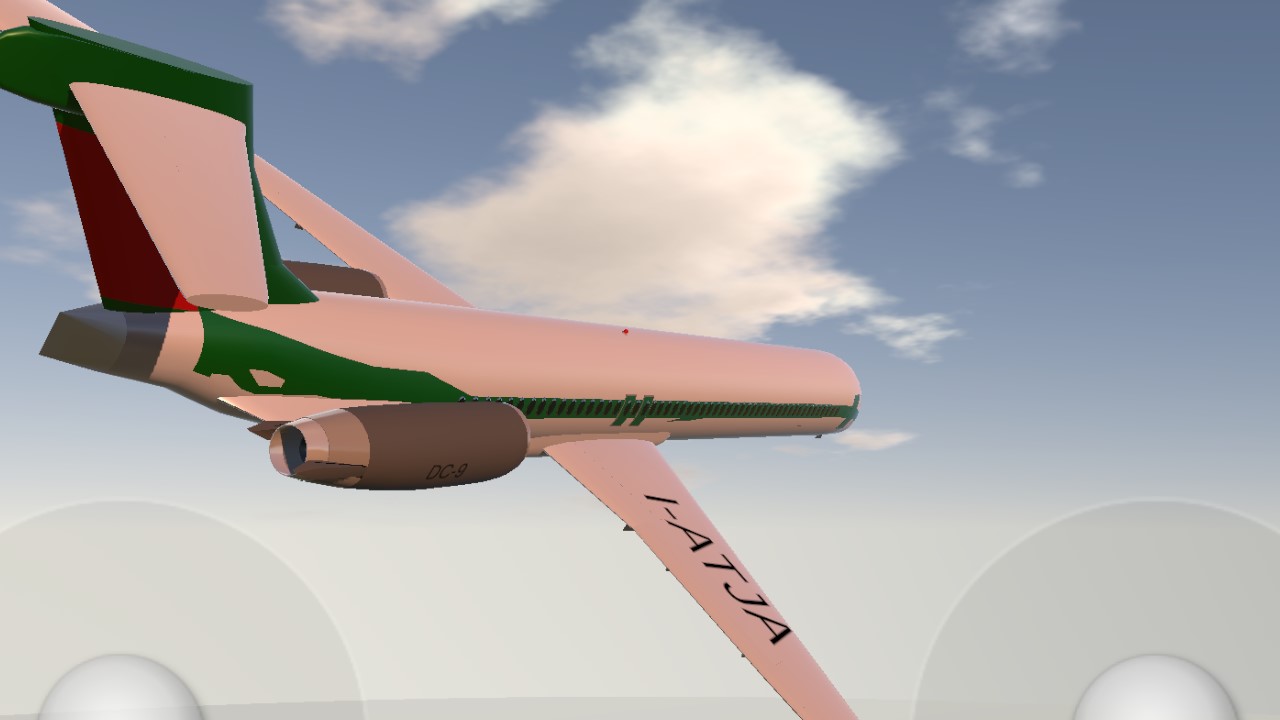
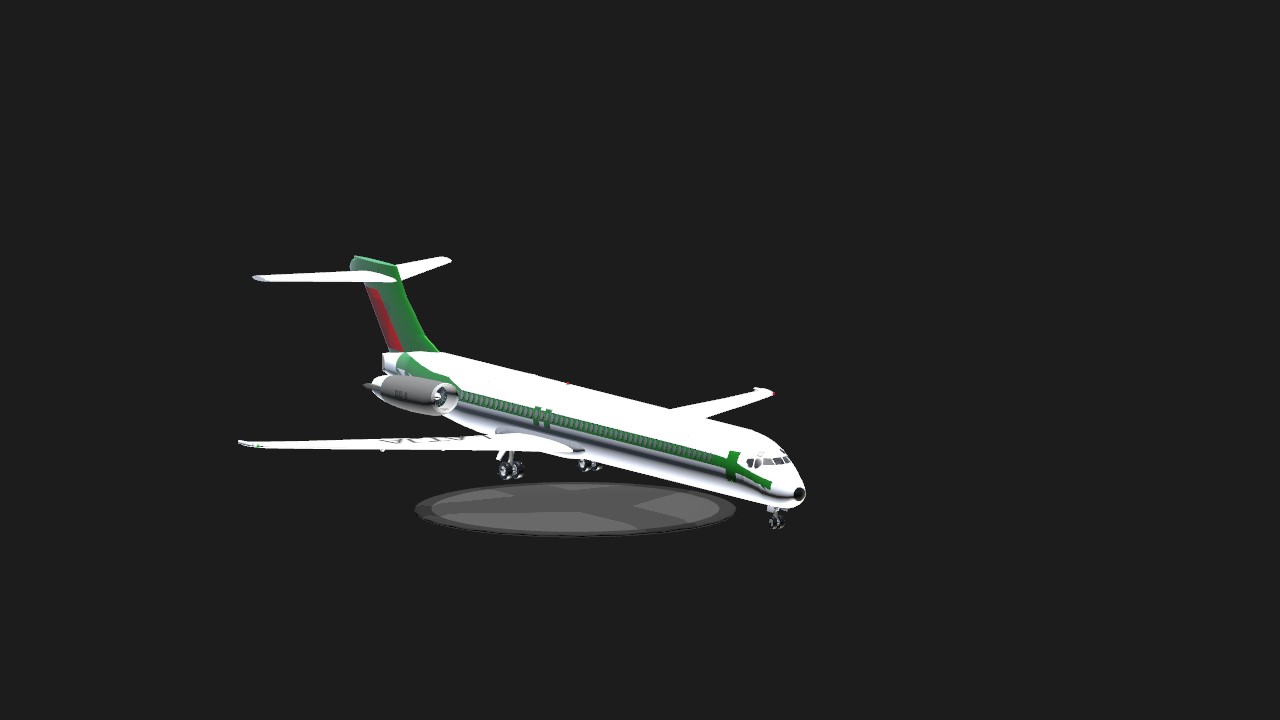
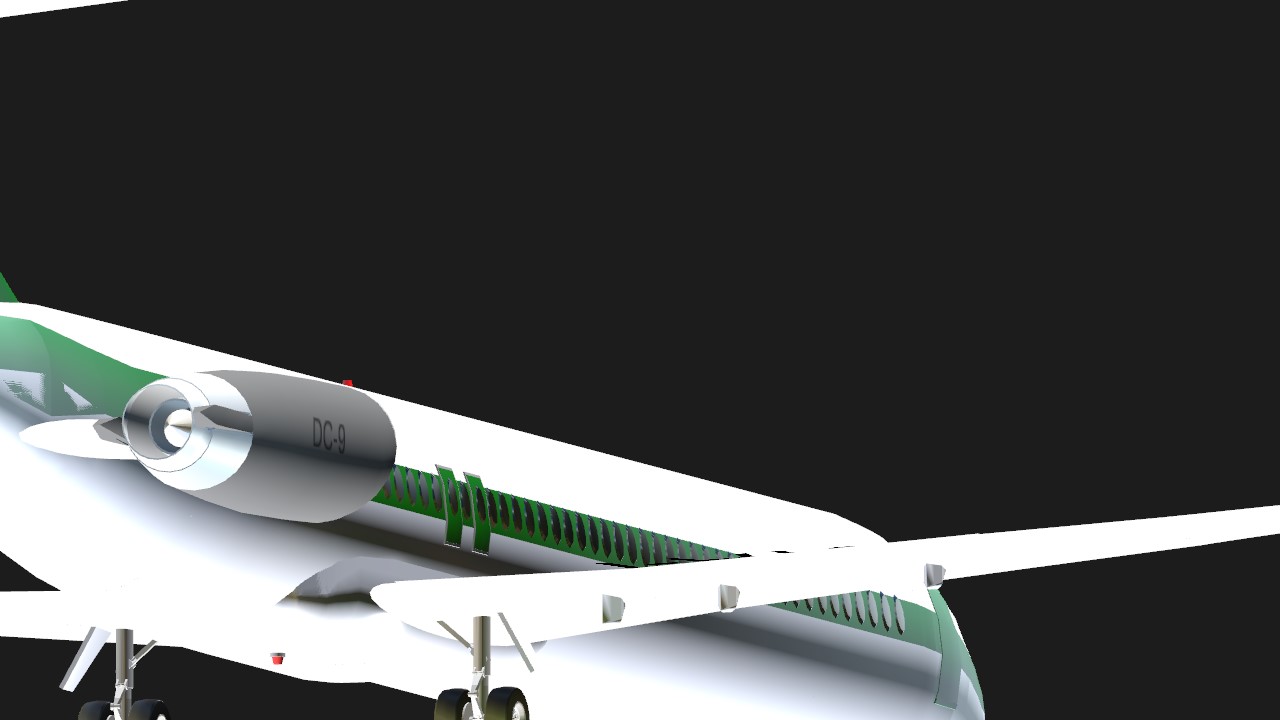
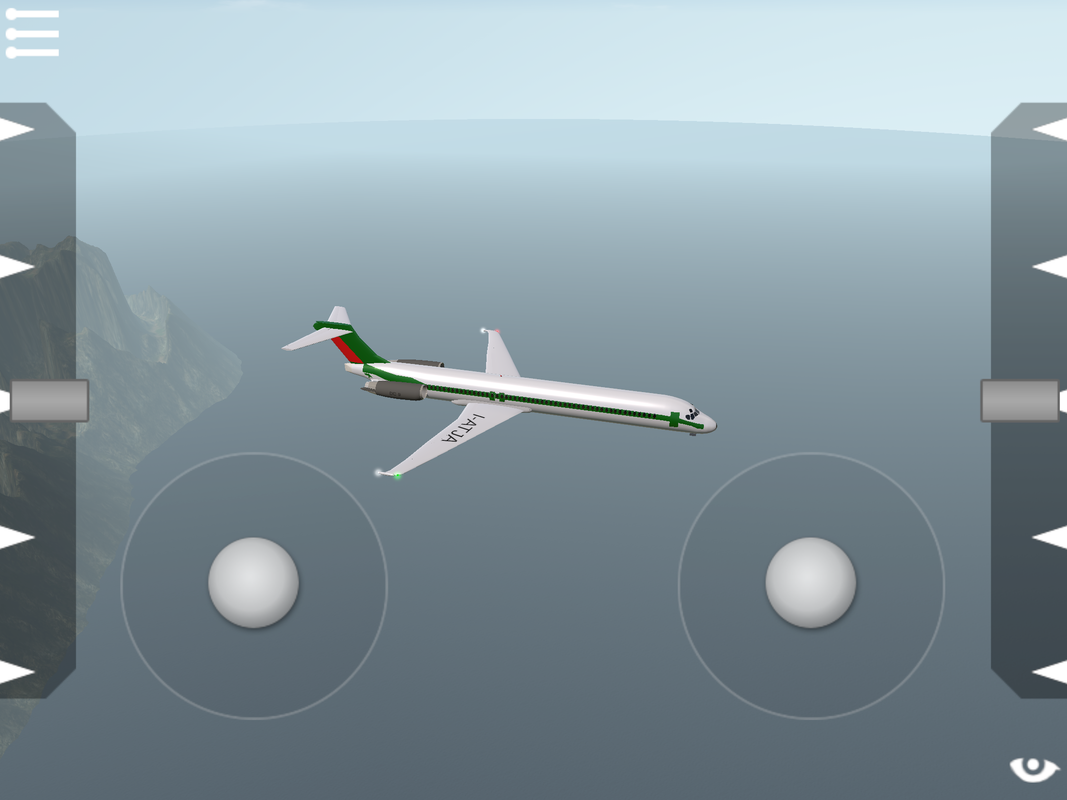
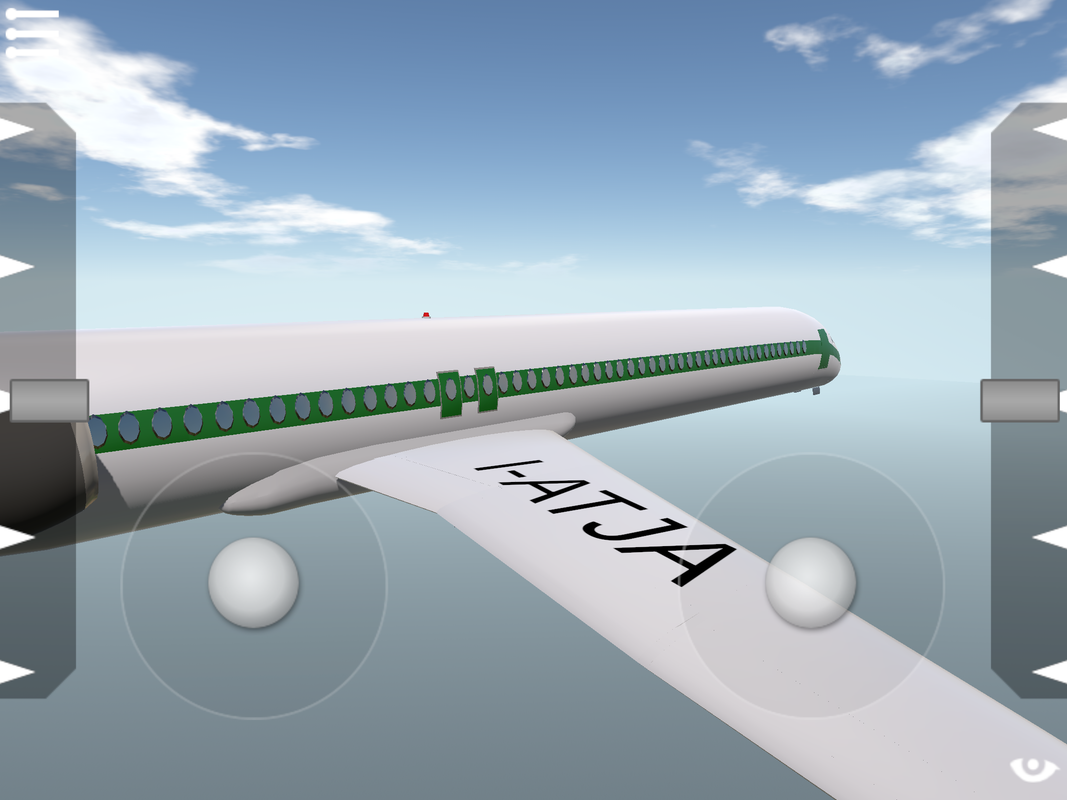
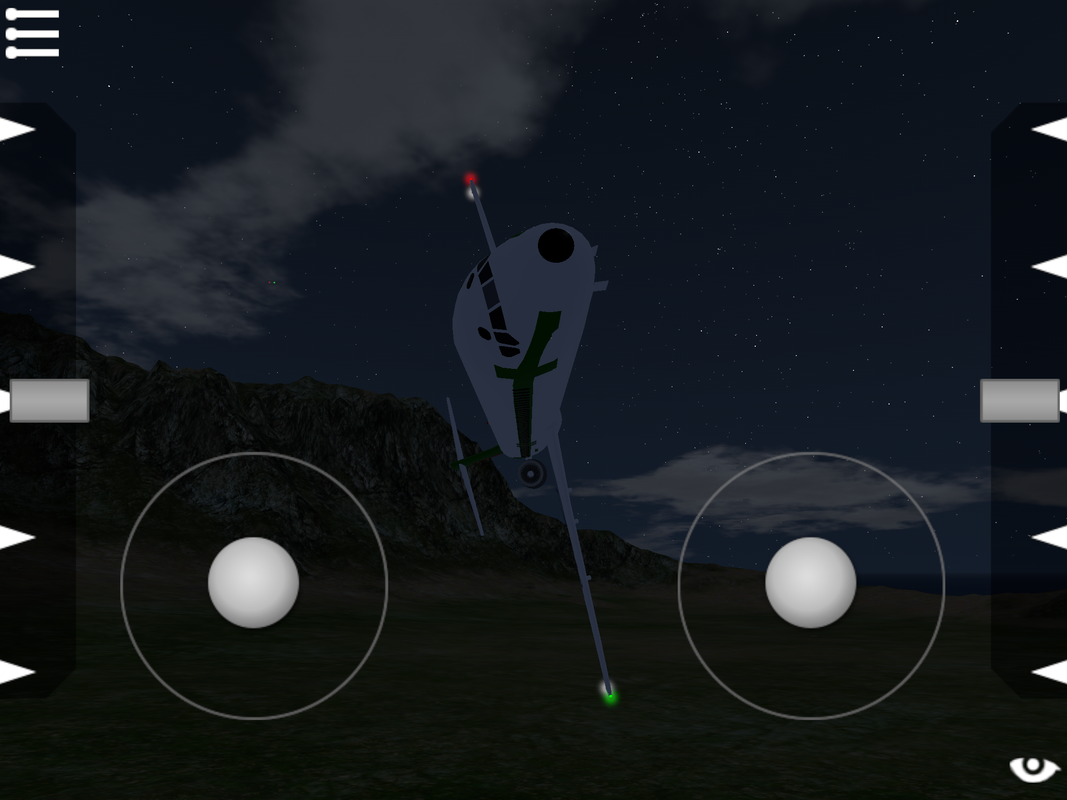
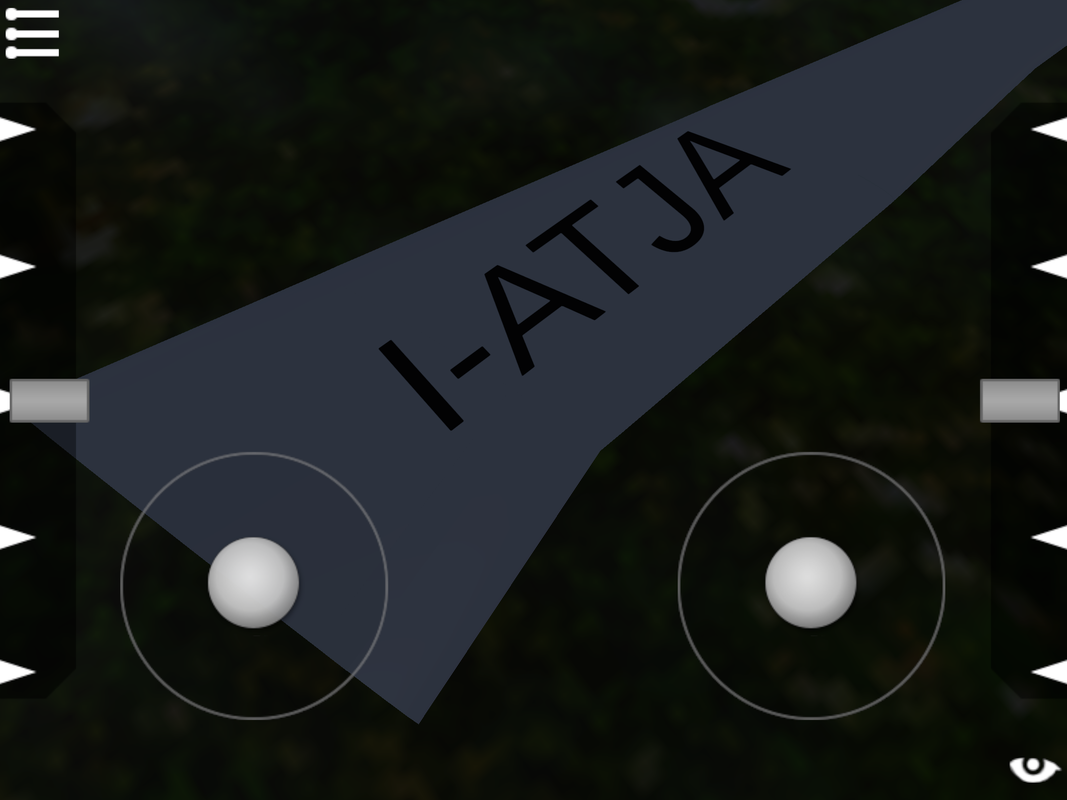
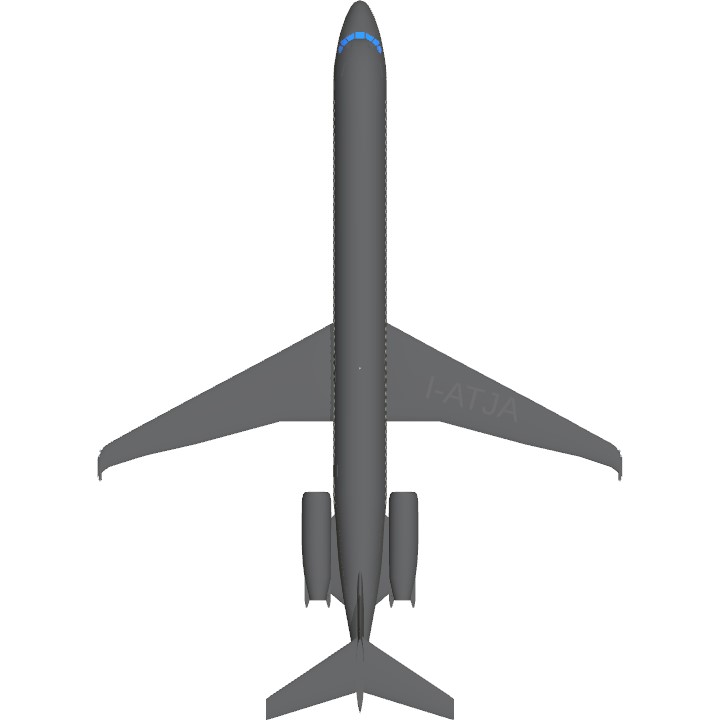

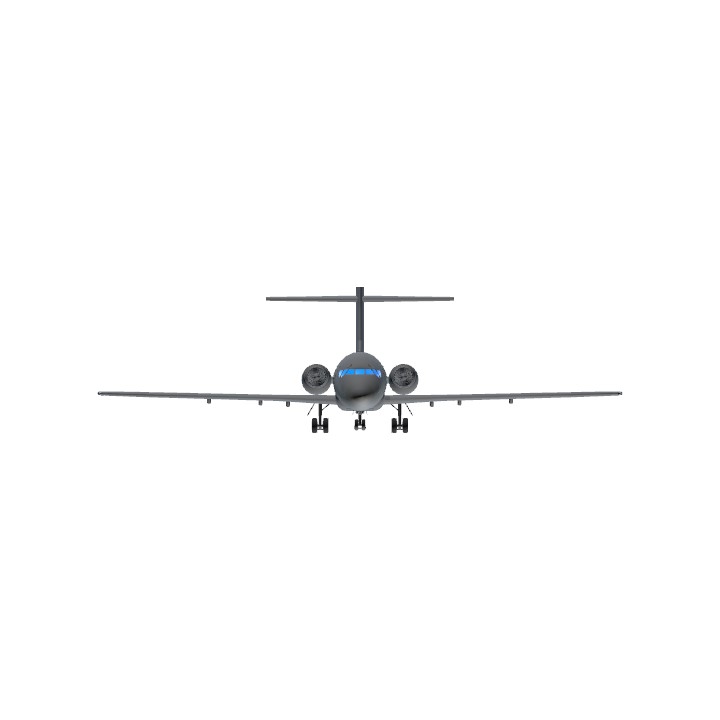
So guys upvoot the new one Bc I forgor a smol thing
@XProAerospaceAircrafts
@ToeTips
@MAPA
@MAL0ne
@LM0418 I forgot something
Tags
@ThatRandomCouchPotato
@ImZerkkZxe
Tags:
@LM0418
@ToeTips
@XProAerospaceAircrafts
OH NO I FORGOT SOMETHING SHOOT
this shall get 500+ downloads